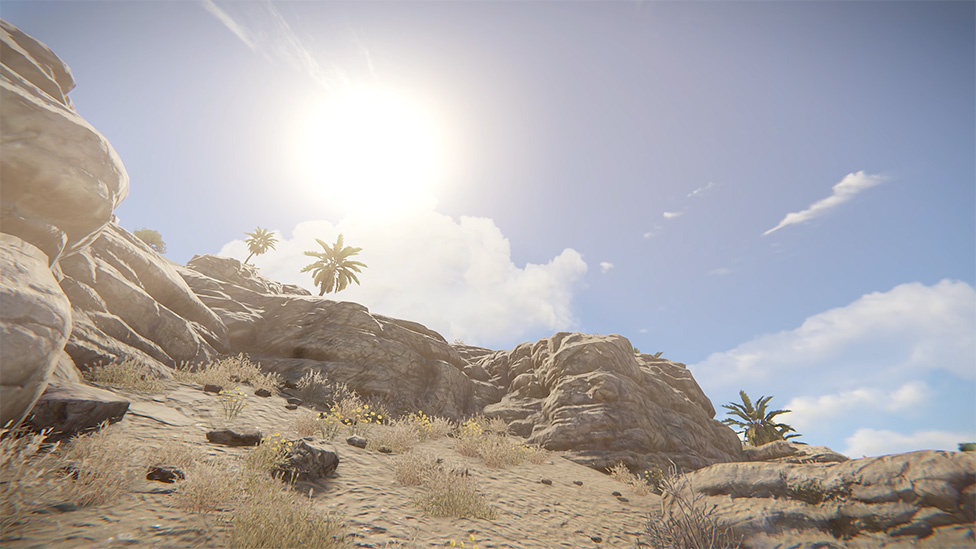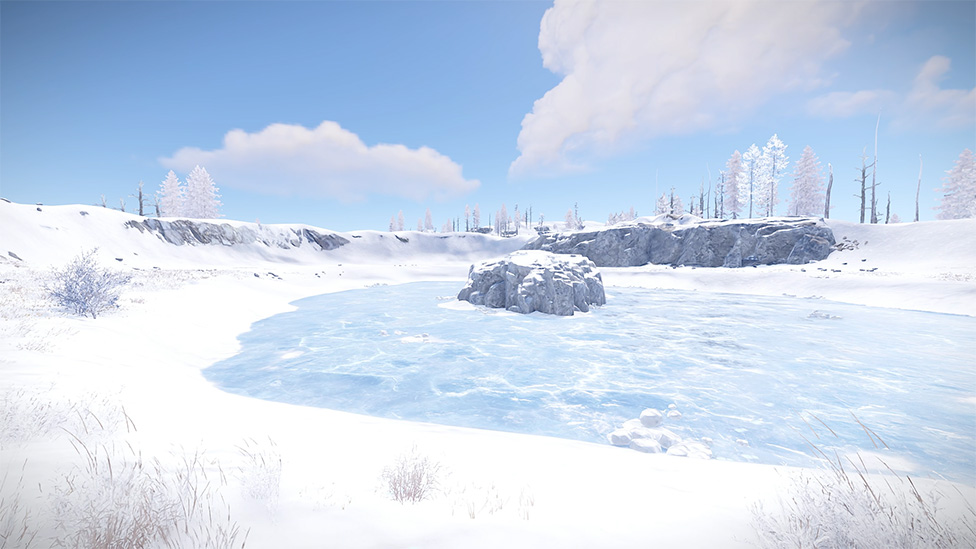Rust Game Temperature Biome: Navigating Extreme Environments

Make Your Own Rust Server
Experience flawless multiplayer gaming with our tweaked Rust MP hosting solutions. Wondering how to make a Rust server? Scalacube makes it simple with easy-to-understand tools and unmatched support create rust server today!
Understanding the Temperature Biome
The idea behind the Temperature Biome is for Rust to have a feature presenting climate pressure on player characters.
For instance, in every biome ranging from freezing tundras to scorching deserts, unique challenges are present for the players based on which the players survive and exist. The Temperature Biome reflects it perfectly by virtue of how the geological features of a certain region interact with the weather systems dynamically altering climatic patterns and adding elements of unpredictability within the game. Understanding how temperature affects your character and learning how to adapt to these environmental challenges is key in extended survival in the world of Rust.
Mechanics of Temperature Variation

Cold Biomes:
Hypothermia is common in cold biomes like snowy tundras and icy mountains. Players are supposed to wear appropriate dress codes such as fur-lined attires and always remain close to heat sources such as campfires in order not to freeze.
Hot Biomes:
Hot biomes like arid deserts subject human beings to hyperthermia. With this view, light clothing, water intake, preferential regulations of shelter-seeking become pivotal strategies for an individual who wishes to stay away from dehydration and take evasive measures interest if heatstroke
Dynamic Weather:
Base on the weather, including rain and snowfall may intensify the impacts of the temperature. Wet clothes in cold biomes enhance hypothermia while raining in hot biomes may be a relief from the challenges related to heats.
Protection Gear against the Temperature:
Making or finding temperature-specific clothing such as cold or heat-resistant armors give them an extra layer of protection against extreme temperatures.
Strategies for Survival
Layered Clothing:Tap the temperature-knob just right with a strategy of layered clothing, and easy at any time to add and remove from the initial set of layers. The layer-sluffing mechanism helps maintain a similar body temperature in different biome-type installations or setups.
Heat/Cold Maps:
This shows where the temperatures are on the map and might assist in planning journeys. A few server interfaces possess heat and cold maps pointing out a range of biome temperatures.
Efficient base design:
These bases might be somehow equipped with heating or cooling systems to sustain a controlled comfortable temperature setting for its players regardless of the external biome setting.
Preparedness and Adaptation:
The basic rule to survive in Rust amidst all these various landscapes biomes is one's flexibility in adapting quickly to the temperature changes, on the fly, and be prepared enough with the correct clothing and items for each biome.

How does temperature affect my character in Rust?
Explain how temperature affects your character health status. Conditions can cause the body to cool down excessively and thus leading to hypothermia or hyperthermia.
What is hyperthermia and what are some ways of avoiding it?
High-temperature environments result in a phenomenon known as overheating. Avoid these states by dressing in light clothes, taking up plenty of water, and keeping indoors for peoples in hot biomes.
How do I get warm in cold biomes while playing the game Rust?
While in cold biomes, one will need fur-lined clothing as well as stick close to a heat source such as a campfire or even avoid being in the cold for long.
What type of clothing will one need to survive in hot biomes in Rust?
Put on light but heat resistant clothes in hot biomes to avoid hyperthermia. Drink enough water, move under the shade and adapt the choice of clothing in respect to the biome in question.
Conclusion
The addition of a Temperature Biome in Rust and the resulting biome changes to the game world is a great touch that adds an element of realism and complexity that make adapting and strategizing for survival something an intelligent player would want doing. Temperature is one of the key things, from crafting suitable clothing to understandings biome specific challenges, that stands in the way of mastering Rust's diverse landscapes. With knowledge and preparation the players will rise above adverse climates as they further into these uncharted areas.Looking for the best Rust server hosting? You're in the right place! At Scalacube, our job is to give excellent services for avid Rust server fans. Whether you're an experienced player or a beginner, our devoted servers are created to cover all your Rust hosting requirements.
Our Rust dedicated servers prioritize efficiency, guaranteeing low-delay connections and superior stability. Leave server-related issues behind and focus on mastering the Rust gaming environment. Trust Scalacube for your Rust hosting needs, providing dependability and unrivalled performance. Boost your Rust multiplayer sessions with Scalacube - where hosting matches brilliance.
Make Your Own Rust Server
Copyright 2019-2025 © ScalaCube - All Rights Reserved.